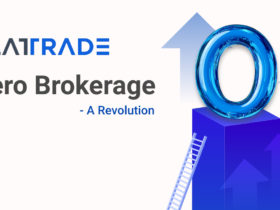Housing finance companies (HFCs) in the affordable space is expected to witness moderating tailwinds that could weigh on their growth, according to India Ratings and Research (Ind-Ra) report.
The rating agency said that affordable housing finance (ticket size below Rs 25 lakh) has been one of the most resilient sectors to economic cycles and seen rapid progress over the past decade.
In the past fiver years, the affordable housing sector has seen a 25% CAGR, beating the overall housing finance sector growth. This was because the Indian government and the regulators had recognised the important role played by the sector and have provided support through policies such as Credit-linked Subsidy Scheme and low-cost funding through National Housing Bank.
Besides, Ind-Ra in its Housing Finance Outlook for FY23 report has pointed out that the overall sector to grow around 13% yoy with a higher growth rate for the affordable housing finance segment. The rating agency in its earlier report has opined that the important factors supporting the long-term growth for the affordable housing sector remain intact. It has cited increased nuclearisation, rapid urbanisation and increased loan supply as the primary factors that helped the sector to grow in double digits.
However, some tailwinds that had supported the affordable housing sector earlier is likely to be moderating and thus could slow down the pace of sector loan growth. Ind-Ra has cited rising interest rates, reduced cash flow of borrowers cue to high inflation, increasing cost of construction, rise in property costs, slowdown in new inventory launches and halting of the credit-linked subsidy scheme are some of the challenges facing this segment.
According to Ind-Ra assessment, a 100 basis point hike in interest rates may lead to borrower’s home loan EMI rising 6.1%-6.4% YoY, while for an affordable housing borrower, the loan EMI is expected to rise by about 5.3%. If the interest rate cycle continues to move up, a 200 bps increase could increase EMI in the range of 10.8%-13.0%.
While realty developers were not able to pass on the complete cost increase, there remains a near- to medium-term upward pressure on real estate prices for buyers. The high inflationary environment, coupled with high interest rates, is likely to affect the affordability for new home buyers and could lead to a slowdown in assets under management growth for home financiers due to a moderation in disbursements.
Ind-Ra believes the affordable housing segment offers better risk adjusted margins which could led to higher competition flowing in from banks as well as large ticket housing financers.
Stocks To Watch






